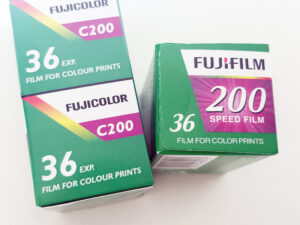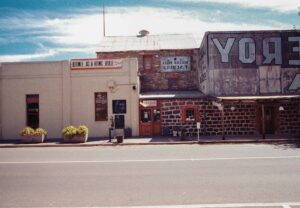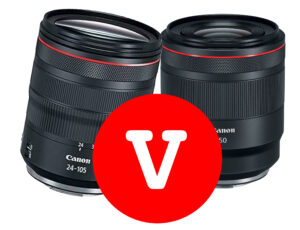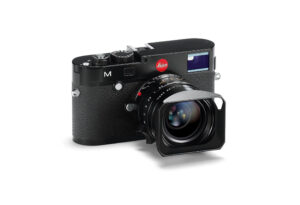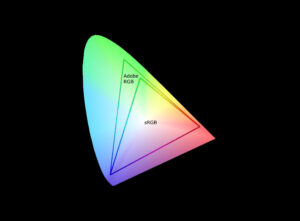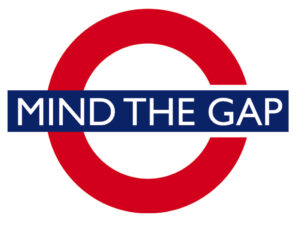George Lucas made history with an 8-bit, 1080p camera in 2002. Today, you can do far more with far less. 2002’s, Star Wars: Episode II Attack of the Clones broke new ground as the first major feature film shot entirely on digital. George Lucas, always the innovator, ditched 35mm film in favour of the Sony HDW-F900, a camera that, by today’s standards, is far from cutting edge. Yet over two decades later, Attack of the Clones still holds up visually especially when viewed on a modern 4K HDR screen.
In this article, we compare the Sony HDW-F900, the camera behind Attack of the Clones, to a modern mirrorless hybrid workhorse, the Fujifilm X-H2, to explore just how far filmmaking tech has come—and why that shouldn’t stop you from picking up a camera and making your own masterpiece today.
The Groundbreaking Sony HDW-F900
The Sony HDW-F900 was revolutionary in its day. Co-developed with Panavision (resulting in the “Panavised F900”), it was the first digital camera capable of 24p progressive scan—matching the frame rate of cinema. George Lucas believed in the future of digital and used it to shoot Attack of the Clones with custom anamorphic lenses and a pioneering post-production workflow.
I remember seeing the move for the first time on 2002. I loved it. It looked, and still looks, amazing.
Key Specs of the HDW-F900:
- Sensor: 3CCD, 2/3-inch size
- Resolution: 1920×1080 (Full HD)
- Bit Depth: 8-bit
- Color Sampling: 3:1:1 (HDCAM compression)
- Recording Format: HDCAM tape
- Dynamic Range: ~7–8 stops
- ISO Sensitivity: Limited low-light performance
- Weight: 6–7 kg with lens and battery
It recorded to tape, had limited highlight retention, and offered less colour data than today’s cheapest mirrorless cameras.

Sony HDCAM Tape Media, based on Beta SP, was remarkably reliable.
Yet, with a team of highly skilled cinematographers, digital artists, and visionaries behind it, the F900 helped create a stunning cinematic experience.

This was me as a student checking out a cinematographer’s own Sony HDW-F900 I was lucky enough to meet.
Today there are loads of even better cameras within most people’s reach
You can walk into a camera store and buy a more capable camera than the Sony HDW-F900 at a fraction of the cost with a stellar lens. There are lots to choose from, Sony, Canon, Nikon, Fuji, Panasonic…it goes on.
I personally bought the Fuji XH-2. Don’t get me wrong, this isn’t the only choice, the best camera etc, it was just the right one for me to make YouTube videos with and I liked the Fuji style. I actually really admire the engineering of the Sony FX3, but can’t justify it personally. Hence I thought I’d do this comparison with a camera I own. I was lucky someone gifted me a Fuji XH2 with a 16-55 F2.8 lens about a year and a half ago and I’ve been enjoying it for video.

The Modern Marvel: Fujifilm X-H2
Fast-forward 20 years, and the Fujifilm X-H2 represents a giant leap forward in camera technology—available to anyone for a fraction of the cost. This compact mirrorless camera is not only a stills powerhouse but also a formidable video production tool.
Key Specs of the X-H2:
- Sensor: APS-C BSI CMOS (26.1mm x 17.4mm)
- Resolution: 40MP stills, up to 8K video
- Bit Depth: 10-bit internal
- Color Sampling: 4:2:2
- Video Formats: Apple ProRes, H.265, etc.
- Dynamic Range: ~13–14 stops
- ISO Sensitivity: Excellent performance in low light
- Weight: ~660g body only
- Recording Media: CFexpress or SD card
The X-H2 delivers crisper detail, broader dynamic range, and better low-light performance than the F900 could dream of. And it’s portable, reliable, and accessible to creators of every level.
Just for fun…Head-to-Head: HDW-F900 vs. X-H2
| Feature | Sony HDW-F900 | Fujifilm X-H2 |
| Sensor Size | 2/3-inch CCD (3-chip) | APS-C BSI CMOS |
| Video Resolution | 1080p HD | 8K, 6.2K, 4K |
| Color Sampling | 3:1:1 (HDCAM) | 4:2:2 10-bit |
| Dynamic Range | 7–8 stops | ~14 stops |
| Media | HDCAM Tape | SD / CFexpress |
| Weight | 6–7 kg | 660g |
| Workflow | Linear tape ingest, low flexibility | Instant file access, RAW, ProRes |
| Price (original) | $100,000+ with lenses & accessories | ~$3,000 body only |
From Hollywood to the Home Studio: No More Excuses
The biggest difference between 2002 and now isn’t image quality—it’s accessibility. What once required a massive budget, a studio crew, and expensive equipment is now possible with gear you can fit in a backpack.
- Want to shoot in cinematic 10-bit colour? The X-H2 does it.
- Want to record slow motion, 8K, or log footage for grading? No problem.
- Need to edit a film? Free tools like DaVinci Resolve rival the post suites of Lucasfilm in 2002.
- Want to distribute your movie? YouTube, Vimeo, and streaming platforms are just a click away.
There has never been a better time to be a filmmaker.
And Yet… Attack of the Clones Still Looks Incredible
Despite the specs, Attack of the Clones continues to impress. Watching it today on a 4K OLED HDR television, it’s easy to forget that the source material was shot on a digital camera with 1/3 the dynamic range and a fraction of the resolution of modern sensors.
Why does it still look so good?
- Cinematography: Careful lighting and framing from a skilled DP (David Tattersall).
- Art Direction: Elaborate sets and costumes that pop even in HD.
- Post-Production: ILM pushed digital compositing to new heights.
- Vision: Lucas’s love for storytelling and tech experimentation brought it all together.
In other words, the technology served the vision—not the other way around.
The Real Secret: Gear Doesn’t Matter: Skill Does
Here’s the truth that every cinematographer and director eventually learns:
A great camera won’t make your film great. But your skill, vision, and persistence will.
You don’t need a RED, ARRI, or $100K budget. With a modern camera like the Fujifilm X-H2, a solid script, and a good eye, you can create something amazing.
Remember: George Lucas made history with an 8-bit, 1080p camera. Today, you can do far more with far less.
So yes, the Sony HDW-F900 is now a relic of early digital cinema—but one that helped change filmmaking forever. And while the Fujifilm X-H2 utterly eclipses it in specs, it still can’t replicate the magic of a visionary director, a world-class effects team, and a galaxy far, far away.
If you want to make a film in 2025, there’s no excuse not to start. The tools are in your hands. The rest? That’s up to you.













